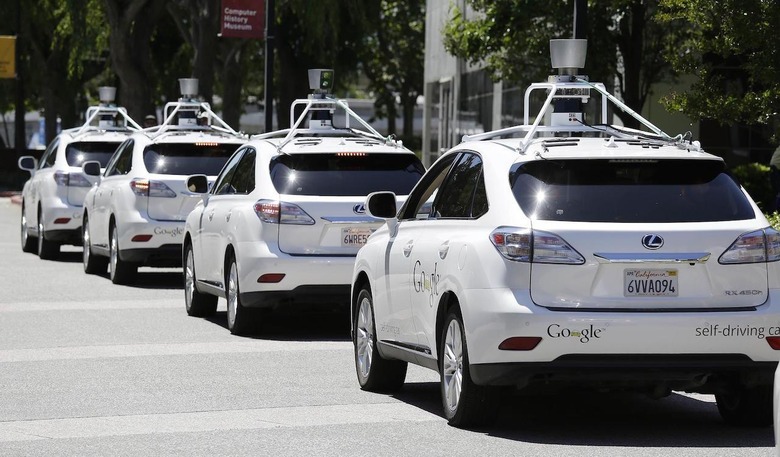Self-driving cabs could slash emissions 90%
Autonomous taxis could have a huge impact on environmental emissions, with new research suggesting cuts of as much as 90-percent versus private ownership. Although self-driving projects have for the most part focused on the safety and convenience handing over the wheel to a computer would allow, the team at the Lawrence Berkley National Laboratory looked instead to per-mile greenhouse gas emissions. The potential for greener driving, they discovered, was far greater when a smarter taxi system could take into account just how many people they'd need to be transporting.
To begin with, the research looked at what cut in emissions might be achievable were private ownership replaced with communal, self-piloting vehicles that could be summoned for individual use. Theorizing that such a system might be possible in 2030, the team calculated that an autonomous EV could save 63- to 82-percent of such emissions than a privately-owned hybrid.
The savings could be even greater versus a current gas-powered car, as much as 90-percent it's suggested.

While efficiency improvements over the coming years will no doubt change emission levels, the big difference is "right-sizing" the car for the trip. In fact, the LBNL research indicates, almost half of the predicted savings would be down to better matching vehicle to occupants.
Rather than dispatching a regular four or five seat sedan every time, a smarter system would know how many passengers and what sort of luggage capacity was required, and pick a car to suit.
If just 5-percent of vehicle sales in 2030 were instead shifted to autonomous taxis, the research concludes, approximately 7m barrels worth of oil per year could be saved. In addition, approximately 2.1 and 2.4 million metric tons of CO2 emissions could be trimmed each year.
Were right-sizing combined with ride-sharing, indeed, the savings could be even greater. Just switching 10-percent of single-person rides to two-person rides could cut total distance traveled by over 3-percent, and though a bigger car would be required (rather than a self-driving single-seater pod), the net energy decrease would still be positive.
The researchers now plan to look at how such autonomous vehicles might be designed, as well as the infrastructure requirements for deploying such a fleet into a city area.
Meanwhile, Uber is believed to be looking into self-driving cabs in partnership with CMU, while Google too is investigating ways of leveraging its autonomous research into a publicly-accessible communal fleet.
Among traditional automakers, Nissan has been talking about using small-scale deployments of its self-driving Leaf to ferry around people in communities where cars are unwanted or unsafe. One possibility is that the elderly could rely on such vehicles to be transported around retirement communities.
SOURCE Lawrence Berkley National Laboratory
MORE Nature
